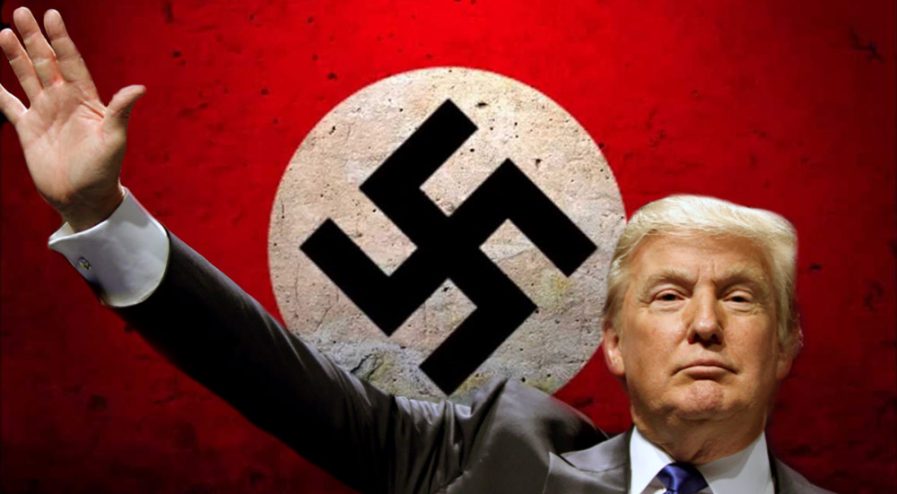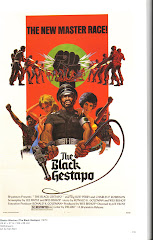By Manifesto Joe
The old story goes like this: In Texas in the late 1940s, two Hispanic men walk into a restaurant and sit, waiting to order. The wait person comes up and tells them, "We don't serve Mexicans."
One of the men replies, "I don't want to eat a Mexican."
Thankfully, it's been illegal since 1964 for Texas restaurants to exclude Hispanics. Not so, however, with our state's public-school textbooks.
On Friday, the State Board of Education, now dominated by "conservatives," voted 10-5 to preliminarily adopt a social studies curriculum that, according to the dissenting minority, fails to recognize the achievements of minorities in Texas history.
Among other things, the board rejected a proposal to have the books mention that Hispanics were among the fallen heroes of the famous 1836 siege of the Alamo. That doesn't seem like much to ask -- I recall that Seguin, a town in the South Texas region where I'm from, is named after Juan Seguin, one of the great Hispanic heroes of the Texas Revolution. There were others besides him, and the men at the Alamo.
Things got a little ugly the day before. One of the minority members of the board, Mary Helen Berlanga of Corpus Christi, walked out of the session Thursday, accusing her fellow board members of "whitewashing" the social studies standards.
"I'm leaving," Berlanga told The Associated Press. "We can just pretend this is a white America and Hispanics don't exist."
One place I'm not going to go is -- how Texas became part of the U.S. It's often been characterized as an outright theft from Mexico. Judging from what all I've read, it was a multifaceted, messy clash between two cultures that would have produced grievances had it gone either way.
The point is, one of the basic facts pushed by the minority board members is that there were quite notably Hispanics among those who rebelled against the dictatorship of Gen. Antonio Lopez de Santa Anna. Refusing to recognize them does indeed seem like a cheesy, Anglocentric whitewash.
When I think of all the cities, towns, rivers and such here with Hispanic names -- San Antonio, El Paso, Corpus Christi, Laredo, Amarillo, San Angelo, Agua Dulce, Port Lavaca, Gonzales, Del Rio, Palacios, Padre Island, the Rio Grande, the Brazos River, etc., it leaves no doubt as to the huge imprint that Hispanic culture has had here. Our indigenous cuisine, known as Tex-Mex, is a blend of food from two cultures. Yet, the whitewash continues. The "English only" movement is alive and well, and there remain many "Minutemen" chapters who have immigrants with Hispanic surnames in the crosshairs.
But, sadly, this is nothing really new. "History" by omission has left gaps in Texas schoolbooks for generations.
In high school, my best subject was history. I won two academic awards, and placed out of 6 college hours of U.S. history by taking a CLEP test. Yet, I've learned more history in some ways through independent adult reading than I ever did in school. To wit:
-- The U.S. basically picked a needless fight with Spain in the 1898 Spanish-American War, and seized the European country's colonies. A "pacification" of the indigenous population followed in the Philippines, one which, during the first years of the 20th century, led to the deaths of about 1 million Filipinos. The Turkish slaughter of Armenians about a decade later is often referred to as the first great genocide of the 20th century. Wrong -- that describes what the U.S. did to the Philippines years before. None other than Mark Twain was a leader of the opposition to the "pacification." "Thirty thousand killed a million," referring to the size of the U.S. military force and their victims, was a slogan of the opposition.
-- Now we get into an area long known to CIA insiders as "blowback." The former Spanish colony of Cuba became an American puppet state for decades. The U.S. turned the island into a big plantation/casino/whorehouse, at the expense of the indigenous population, and then acted shocked, shocked, when communist rebels overthrew the Batista regime and remain in control 51 years later. Hey, how did that happen?
-- The U.S. had a long history in Nicaragua before the modern Sandinistas overthrew the Somoza dictatorship. The Somoza family led a succession of puppet governments for decades after American soldiers chased Sandino and his rebels around the Central American countryside. Our Marines were down there so many times, they should have just renamed the place Camp LeJeune South.
-- In Iran, the CIA, with a contingent led by Teddy Roosevelt's grandson, overthrew a legitimate nationalist government in 1953 and set the Shah back up in power. In 1979, the situation blew up in "our" faces, and a militant anti-American government has been in power there ever since. Hey, how did that happen, too?
I could go on, but that would make this post too long. Suffice it to say that "official" history has always been written by the "winners," or at least the majority. The real stories are often only available from unofficial sources. Those who have somehow managed to learn better, well -- they shouldn't be the least bit surprised that it's still going on.
Manifesto Joe Is An Underground Writer Living In Texas.
Subscribe to:
Post Comments (Atom)




















1 comment:
Good piece. I just wanted to add one more detail.
re:
>>> In Iran, the CIA, with a
>>>contingent led by Teddy
>>>Roosevelt's grandson, overthrew
>>>a legitimate nationalist
>>>government in 1953 and set the
>>>Shah back up in power.
The Iran government that the CIA overthrew was democratically elected.
It's one thing for the CIA to overthrow a government. As bad as that is, it's even worse to overthrow a democratically elected government.
Because of episodes like this, people in the Middle East are wary when American leaders start talking about "democracy."
Post a Comment